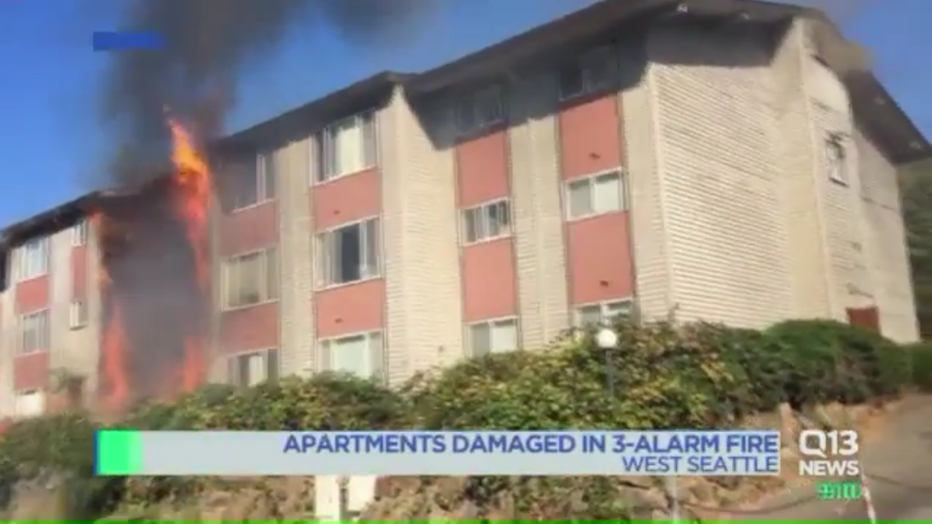Seattle Housing Authority designs $30M low-income housing complex rebuild, but wait list over year
SEATTLE – Affordable housing is a relative term that depends on your income and your circumstances, but what the city of Seattle is already providing is low-income housing for 25,000 people.
It boils down to housing for people who are on the brink of homelessness, but there’s just not enough of it. Right now, there’s already at least a year-long wait list.
To qualify, a family of four can’t make more than $72,000 a year, but priority goes to those who make less than $28,000 a year, which is less than minimum wage.
“This apartment has a been a blessing,” said low-income housing resident Cassie Toro.
The Toro Family has been through a lot the past few years.
“We had to stay in a hotel with the only money we had,” said low-income housing resident Matthew Toro.
Matthew Toro says he was injured at work and had several back and knee surgeries.
“Things just went bad for me. I hurt everywhere,” said Toro.
Now on disability, the family lives at a low-income housing complex in West Seattle. In September 2016, the Lam Bows Apartment Complex off Delridge Way caught fire.

“We started screaming at doors, windows, trying to get everybody out,” said Cassie Toro.
The flames quickly spread throughout the building and forced 25 low-income families out.
“It just burnt right up in no time,” said Matthew Toro.
Shortly after the fire, the building was boarded up and then demolition crews came out and leveled the building.
“We expect to be under construction in about a year from now,” said Tom Eanes, senior development program manager for the Seattle Housing Authority.
The Seattle Housing Authority just released designs for a $30 million project to replace the burned-out building with a new one. Plus, the project includes remodeling the other units at the Lam Bow Apartments like where the Toros lived are filled with asbestos. This plan adds 30 units more than there were before. But it’s been 20 months since the flames.
“Figuring out what the options were, making a decision, hiring an architect which is about three months, and starting the city’s process for design review. Those are all time-consuming steps,” said Eanes.
Eanes describes a lot of red tape and the ultimate hurdle.
“The amount of housing we can build is limited by the funding that we have and that’s a finite resource, mostly from the federal government and also from the state and the city,” said Eanes.
Low-income housing doesn’t have to be provided by the city. The housing authority can give vouchers to tenants that they can use at other properties, but it’s up to private landlords to accept them; most don’t.
“It would be impossible at this point to get in somewhere,” said Matthew Toro.
The Seattle Housing Authority says most of its tenants make about $1,000 a month. The rule is that housing authority tenants pay 30% of their income, which would mean the average family pays $300 a month in rent.

